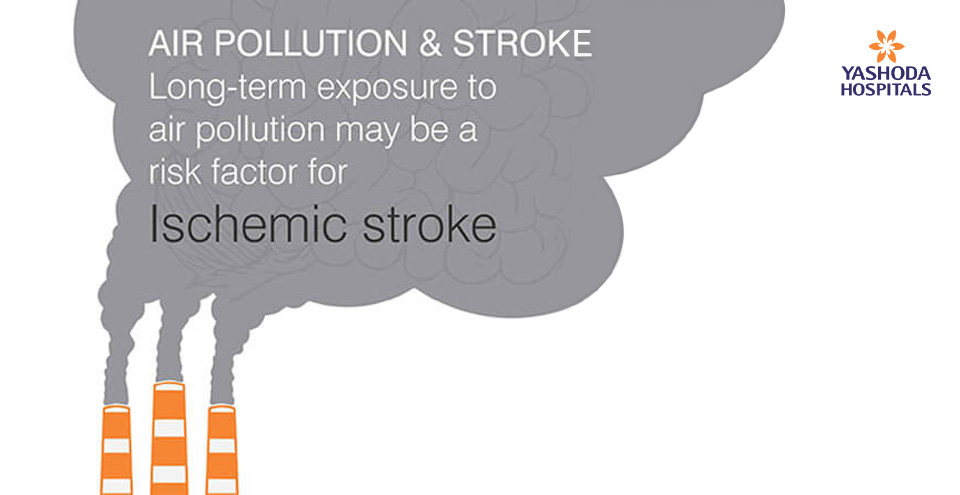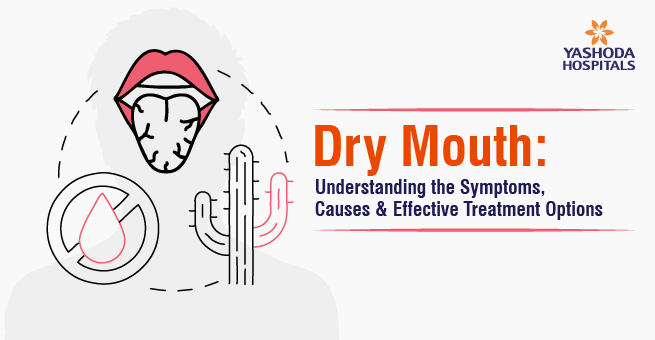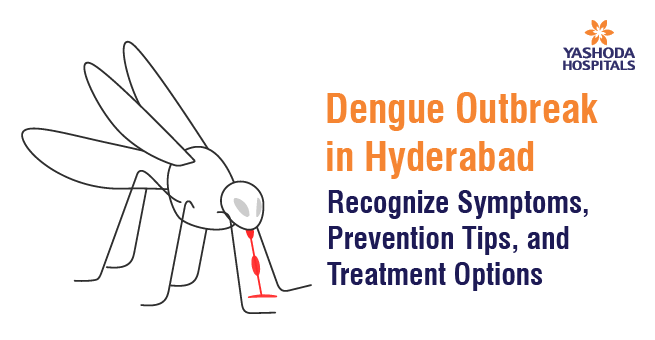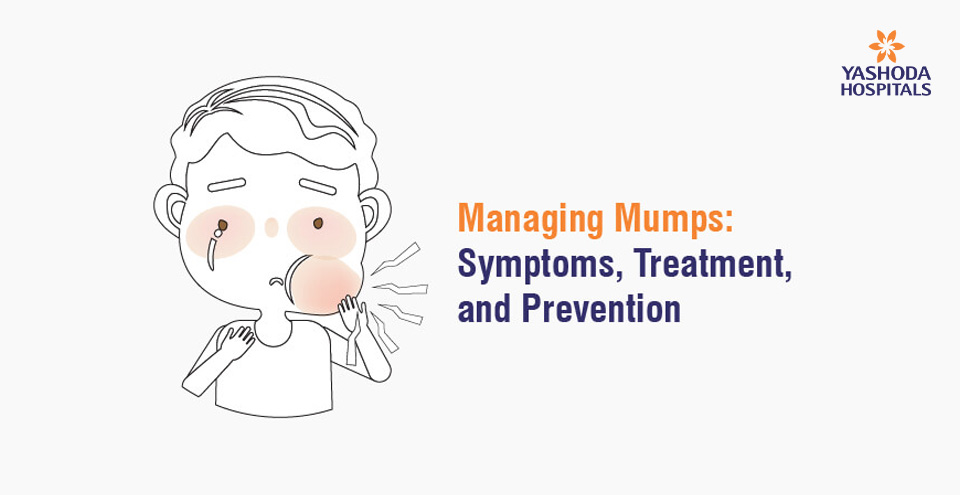Air pollution and Stroke

Long-term exposure to air pollution may be a risk factor for ischemic stroke
Earlier this year in Kerala a doctor crashed into a bridge and died. It was later found that he died due to stroke while driving a car on the way to his workplace. Lack of sufficient blood flow (ischemia) affects brain tissue and may cause a stroke. Restrictions in blood flow may occur from vessel narrowing (stenosis), clot formation (thrombosis), blockage (embolism), or blood vessel rupture (hemorrhage).
The risk factors of stroke are high LDL (“bad”) cholesterol levels, low HDL (“good”) cholesterol levels, high blood pressure, smoking, drinking, diabetes, physical inactivity, and being overweight or obese. There is great concern worldwide that air pollutants are significantly associated with ischemic stroke mortality. Air pollution is reaching unprecedented levels globally. It is extremely high in cities and towns due to hydrocarbons released by gasoline-run (petrol and diesel) vehicles. Significantly, the polluted air affects the health and living conditions of people.
According to a recent study, air pollution has been found to be a major contributor to stroke, with unhealthy air considered to negate one-third years of healthy life of each person, worldwide. Emissions from fossil fuels are greatly harmful to the cerebrovascular system. If 15 million people suffer from stroke worldwide, 6 million are left with permanent disabilities (loss of sight, speech, paralysis and confusion). Air pollution coupled with life style choices like smoking, drinking, irregular diet, caffeine and little exercise enhances the risk of stroke.
HOW DOES AIR POLLUTION LEAD TO STROKE?
Breathing polluted air (filled with hydrocarbons) increases the risk of stroke by hardening arteries in the brain, making blood thicker and raising blood pressure. Polluted air also enhances the risk of clot-formation in the brain. The fall out of air pollution is disastrous with rupturing the plaques that build up in the arteries leading to blockages.
STEPS TO PREVENT AIR-POLLUTION LINKED STROKE
The main source of air pollution in towns and cities is car emission. So, preventive steps for air-pollution linked stroke include, staying away from roads with heavy vehicular traffic and congestion especially during morning and evening’ rush hours, and adopting alternative work methods viz. work from home, tele-calling and web conferencing. Also, travelling to office early in the morning or leaving late to home. By using public transport (bus and train) two benefits can be gained, protected environment and reducing traffic congestion.
CONCLUSION
Air pollution is a global problem with air streams carrying pollutants from one continent to another. The mammoth air pollution problem in China matters greatly for policy makers equally in India and Brazil. In a scenario where a third of the burden of stroke is attributed to air pollution, the need for adopting pollution-free technologies and tapping non-conventional sources of energy is critical and emergent.




















 Appointment
Appointment WhatsApp
WhatsApp Call
Call More
More